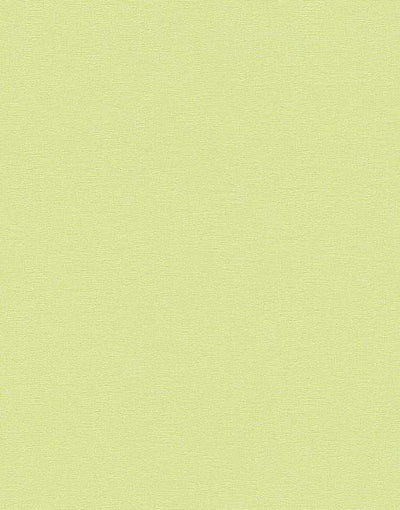Problem - Connection drift
Connection deviation
Joint deviation, paper
Possible causes of misalignment of joints during wallpaper pasting may be a blocked surface, (refer to 'Surface properties and related problems' - ability to absorb moisture), draughts or too rapid drying of individual sheets. If using a dispersion adhesive (e.g. Ovalit T), attention should be paid to a significant increase in absorption time.
For a well-prepared surface, the use of a standard adhesive is sufficient. For critical or heavy paper wallpapers, a special adhesive is recommended and the variation in absorption time must be taken into account.
To determine whether the soaking time of the wallpaper needs to be increased, the 'folding yardstick method' is recommended. This requires a dial gauge and a clock.
Measure the width of the strip when dry (53 cm, 70 cm or 1,06 cm).
Apply glue to the sheet as described in the Annex, fold it in half and roll it into a roll.
Apply a tape measure to the width of the rolled and glued roll. The width will be 53,4-53,5 cm. This step must be repeated again while looking at the clock. When the wallpaper is 54 cm wide, this is the perfect moment to stick the wallpaper to the wall. This method will give you an idea of how long it will take to impregnate the subsequent strips.
Joint deflection, flizeline
This can be caused by incorrect glue dosage, draughts or an unsuitable surface for wallpaper.












